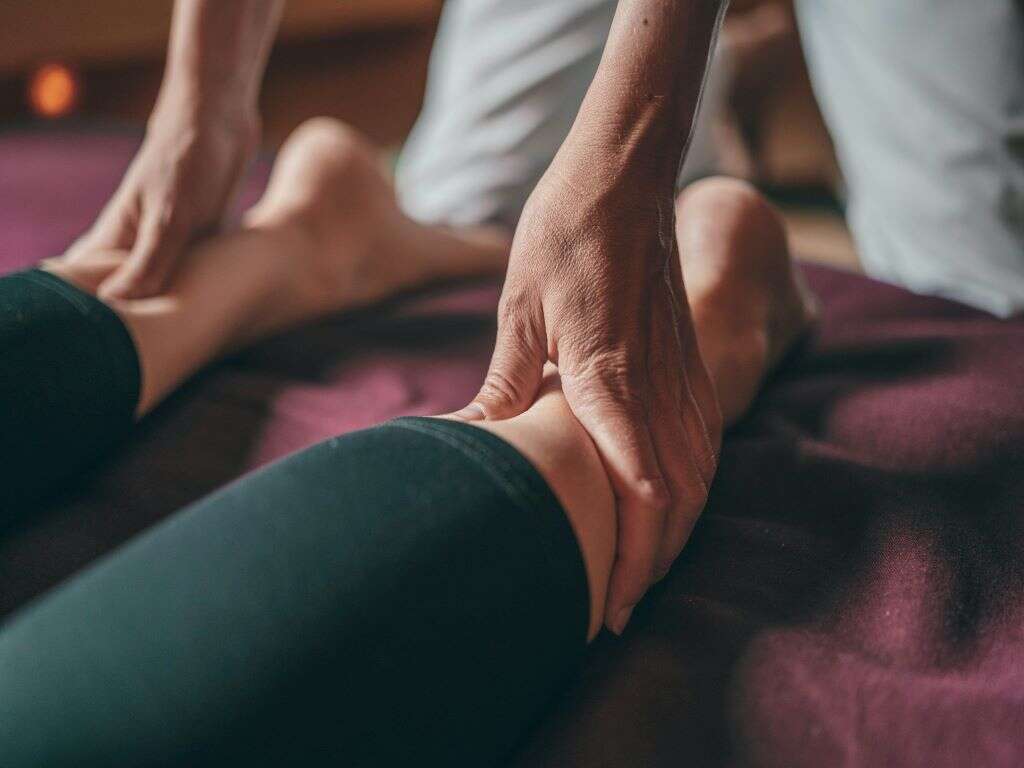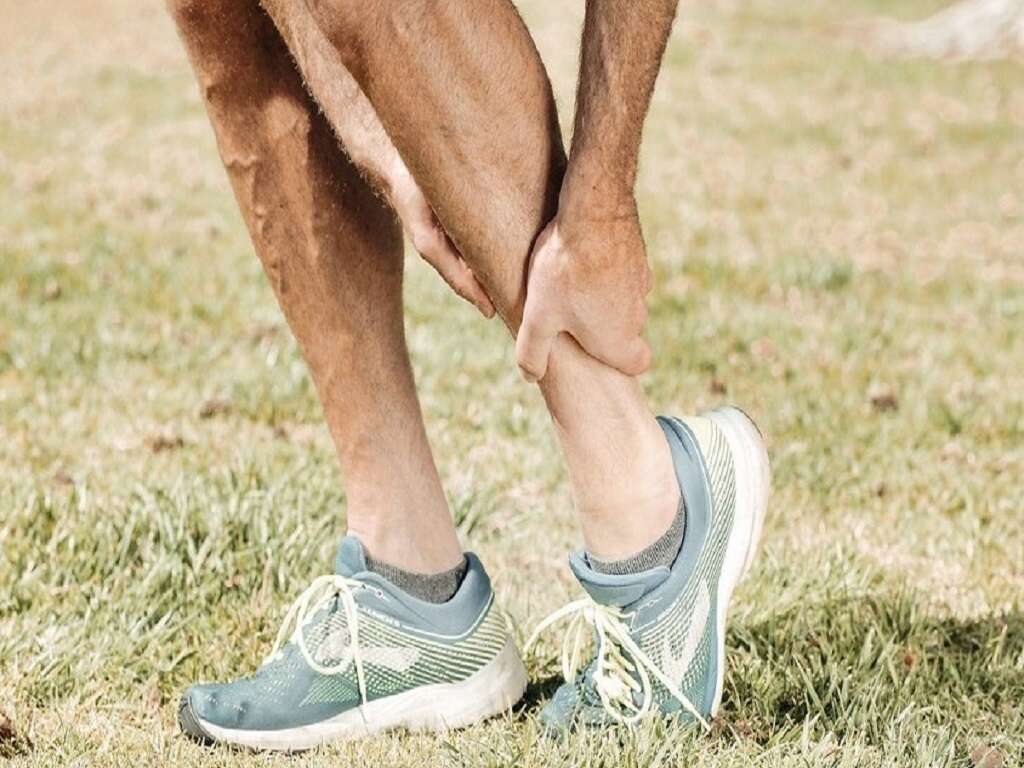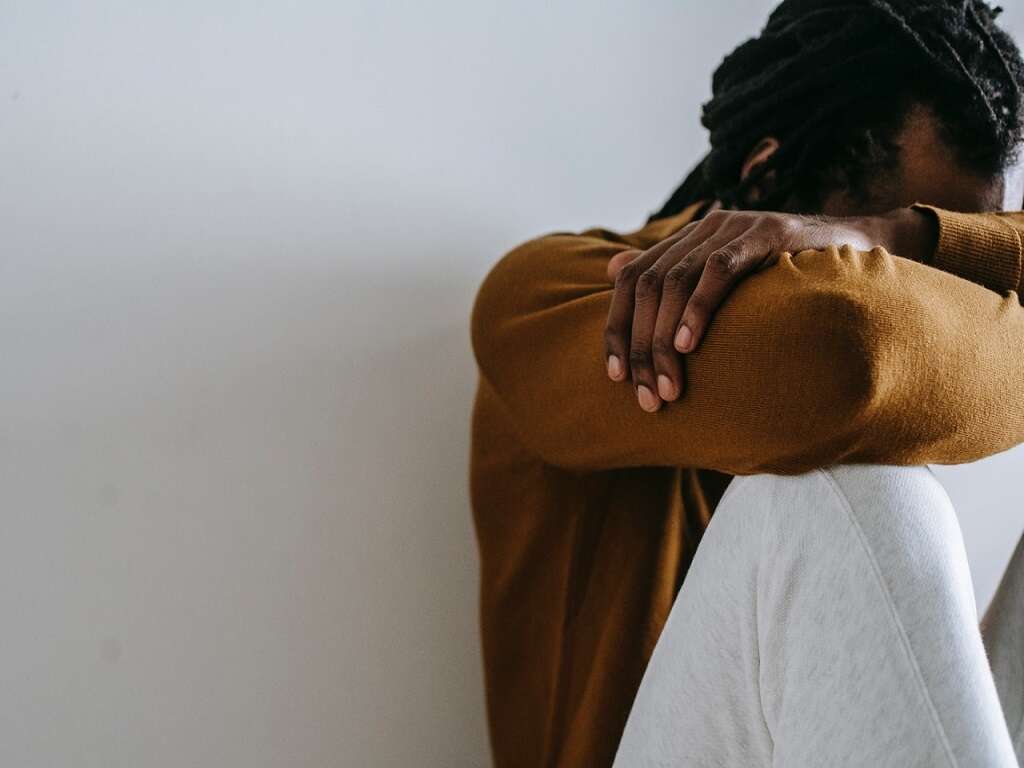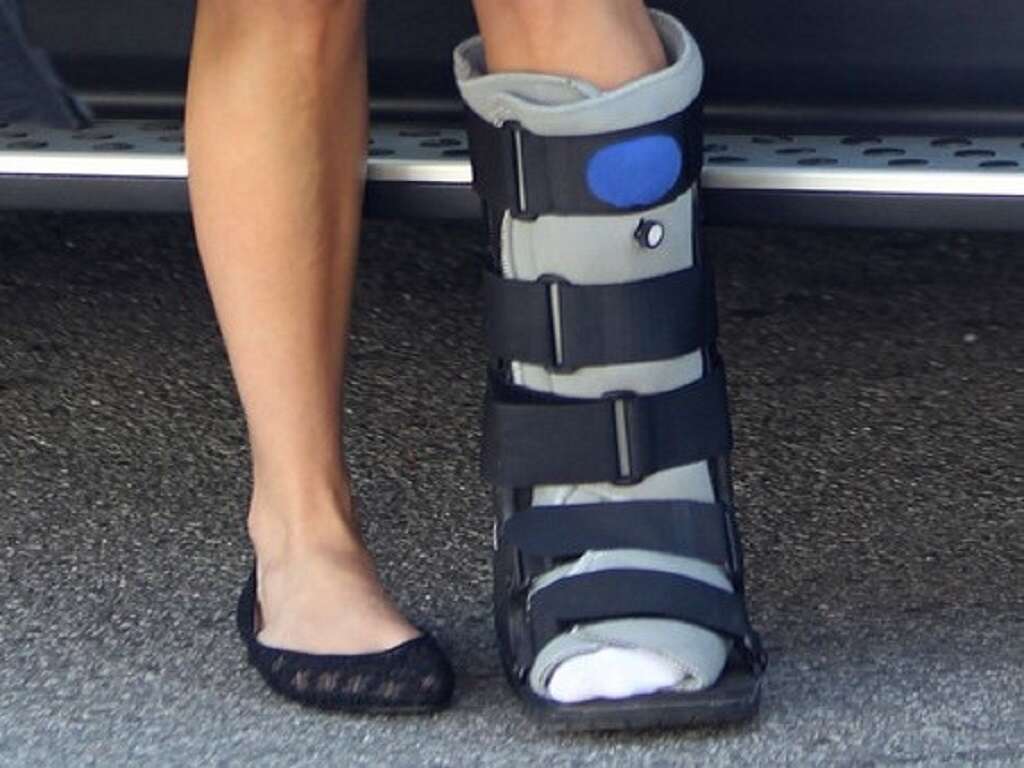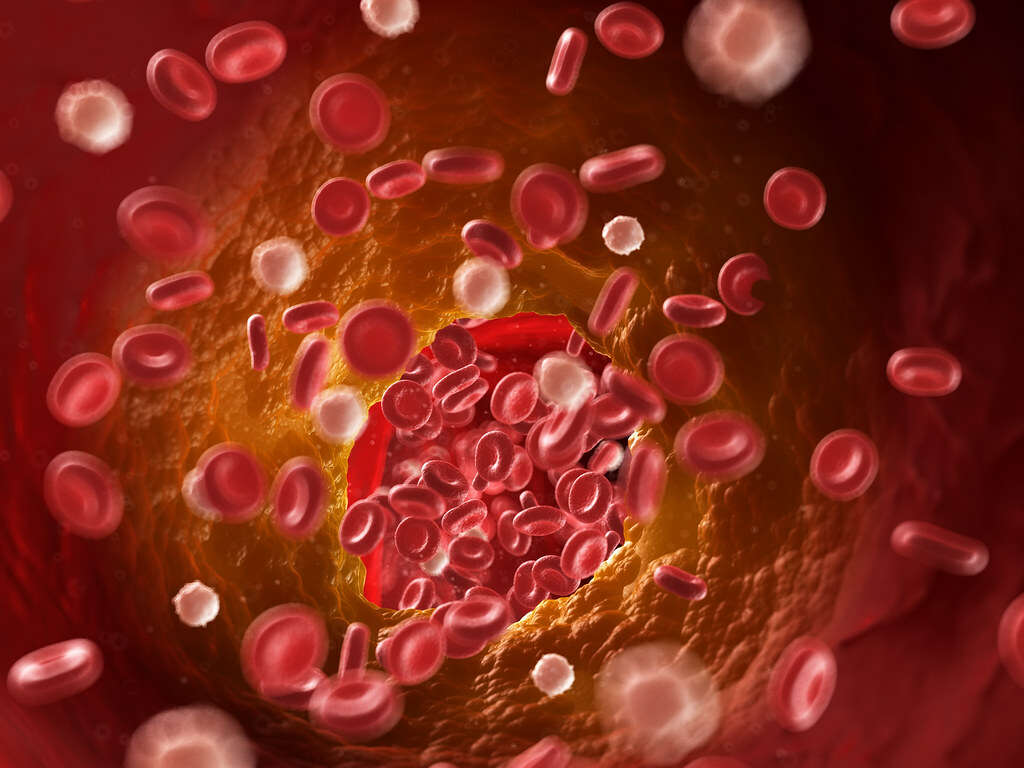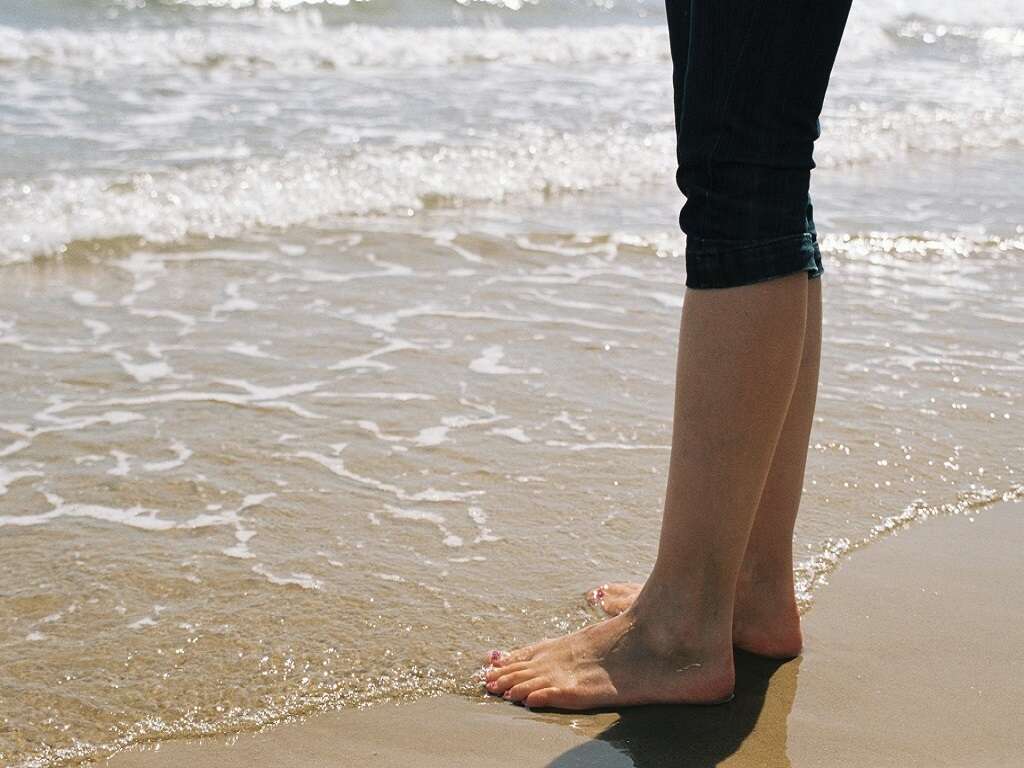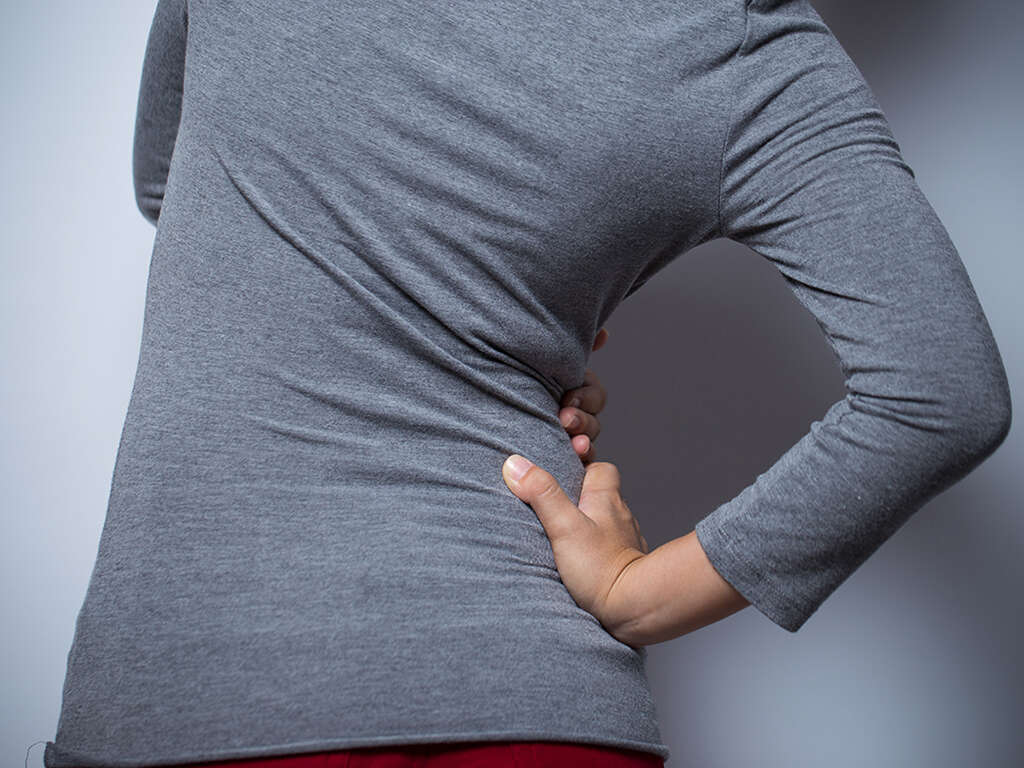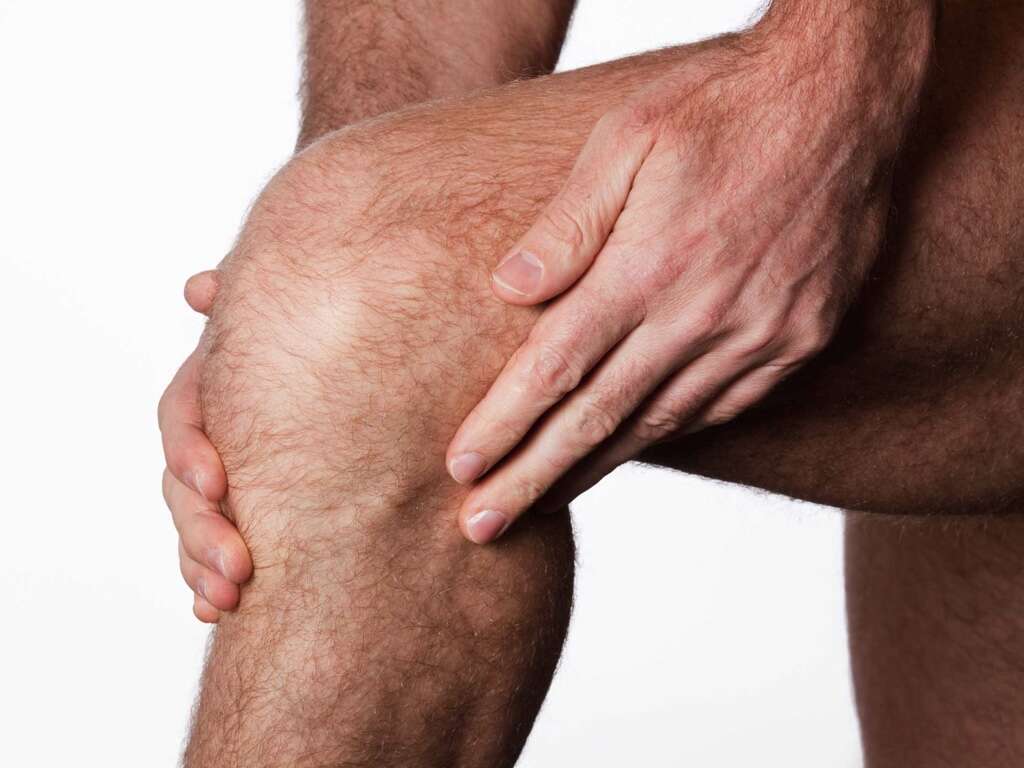Hip Pain Causes, Treatments & More
 Article Sources
Article Sources
- 1. 'Harvard Health Publishing. Think That Hip Pain is Bursitis? Think Again.' Harvard Health, 7 July 2020, www.health.harvard.edu/pain/think-that-hip-pain-is-bursitis-think-again.
- 2. 'Arthritis of the Hip - Types, Symptoms, Diagnosis, Treatment.' Washington University Orthopedics, ortho.wustl.edu/content/Patient-Care/3207/Services/Hip-Knee/Adult-Reconstruction-and-Hip-Preservation-Overview/Arthritis-of-the-Hip.aspx.
- 3. 'John J. Wilson | Masaru Furukawa. ‘Evaluation of the Patient with Hip Pain.' 1 Jan. 2014, aafp.org/afp/2014/0101/p27.html.
- 4. 'Treatment Options for Hip Pain.' Hospital for Special Surgery, hss.edu/hip-pain-center-treatments.asp.
- 5. 'Hip Joint Anatomy: Overview, Gross Anatomy.' Diseases & Conditions - Medscape Reference, 11 June 2020, emedicine.medscape.com/article/1898964-overview.
- 6. Marquardt, Carolyn, and Andrew Cole. 'Hip Osteoarthritis Causes and Risk Factors.' Arthritis-health, arthritis-health.com/types/osteoarthritis/hip-osteoarthritis-causes-and-risk-factors.
- 7. 'Lifestyle Approaches to Promote Bone Health - Bone Health and Osteoporosis - NCBI Bookshelf.' National Center for Biotechnology Information, ncbi.nlm.nih.gov/books/NBK45523/.
- 8. 'When is Joint Pain an Emergency?' Stormont Vail Health, 6 Nov. 2018, www.stormontvail.org/common-health-conditions/back-and-joint-pain-more-than-just-a-pain/when-is-joint-pain-an-emergency/.
The hip joint is generally resilient against repeated motion and some degree of wear and tear. It's the largest ball-and-socket joint of the body, and its configuration allows it to move freely. When a person moves, such as when they walk, cartilage cushions against friction between the bones as the ball moves inside the socket.
As durable as it is, the hip is susceptible to damage and wear and tear. Extended use and aging can damage the cartilage as tendons and muscles become overused. Falls or injuries may break the hip bones. These and various other circumstances and conditions can lead to hip pain.
1. Causes
Hip pain can occur as a result of various conditions and injuries. These may include inflamed tendons, arthritis, trochanteric bursitis, and hip fractures.1‘Harvard Health Publishing. Think That Hip Pain is Bursitis? Think Again.’ Harvard Health, 7 July 2020, www.health.harvard.edu/pain/think-that-hip-pain-is-bursitis-think-again. Inflamed tendons are the most common cause, often resulting from excessive exercise. The pain from inflamed tendons can be severe. Thankfully, the issue typically heals within a few days.
Arthritis is also among the most common causes of hip pain. It's characterized by tender, stiff and painful joints that make it difficult to walk. There are various types of arthritis including osteoarthritis, rheumatoid, infectious and traumatic arthritis. Less common causes of hip pain include snapping hip syndrome and osteonecrosis.
2. Symptoms
The cause of hip pain determines the symptoms, which typically involve discomfort in or around the hip joint, buttocks, groin, or thighs.2‘Arthritis of the Hip - Types, Symptoms, Diagnosis, Treatment.’ Washington University Orthopedics, ortho.wustl.edu/content/Patient-Care/3207/Services/Hip-Knee/Adult-Reconstruction-and-Hip-Preservation-Overview/Arthritis-of-the-Hip.aspx. A person experiencing hip pain may also feel pain in other body parts, such as the back.
Likewise, the pain may noticeably increase with activity, especially in cases where arthritis is the cause. In addition to causing discomfort, hip pain may reduce a person's range of motion. Persistent hip pain may cause a person to develop a limp.

3. Diagnosis
The doctor asks specific questions to determine the cause of the hip pain.3‘John J. Wilson | Masaru Furukawa. ‘Evaluation of the Patient with Hip Pain.’ 1 Jan. 2014, aafp.org/afp/2014/0101/p27.html. They may want to know what time of day the pain is at its worst and whether it impedes walking. They may observe a person's joint motion as they walk.
The doctor may also perform imaging and fluid tests to diagnose arthritis. The imaging tests may include CT scans, X-rays, ultrasounds or MRI scans. Fluids tests involve taking samples of joint fluid, urine and blood to test in a laboratory.
4. Treatment
Rest usually allows exercise-related hip pain to heal within a few days. A doctor may prescribe medications to treat stiffness and pain in the case of arthritis. They may also refer a person to a specialist or physical therapist for further advice and treatment.
Medications and bed rest to relieve pain and swelling are usually enough to treat injury-related hip pain. Surgery may be necessary to replace or repair malformed or fractured hips.4‘Treatment Options for Hip Pain.’ Hospital for Special Surgery, hss.edu/hip-pain-center-treatments.asp. Alternative therapies such as holistic therapies, chiropractic and acupuncture may help.

5. Recovery
Following hip surgery, a person may be required to stay in the hospital for a few days.4‘Treatment Options for Hip Pain.’ Hospital for Special Surgery, hss.edu/hip-pain-center-treatments.asp. It may be six weeks to three months before the joint can bear some weight. It may take up to three months for a person to fully recover following hip surgery.
The doctor monitors a person's progress and advises them on the appropriate time to start physical therapy. This involves therapeutic exercises to help a person's hip joint become strong enough to resume normal activities.
6. Anatomy of the Hip
The hip joint is where the femur fits into the pelvis at the acetabulum socket.5‘Hip Joint Anatomy: Overview, Gross Anatomy.’ Diseases & Conditions - Medscape Reference, 11 June 2020, emedicine.medscape.com/article/1898964-overview. The joint contains cartilage that covers both the acetabulum and the ball of the femur. Surrounding the joint is synovium, which is connective tissue that lines the joint.
Surrounding the hip joint are ligaments that link the femur bone and pelvis. Tendons and muscles glide along the joint with the help of tiny fluid sacs called bursae. The sciatic nerve and major blood vessels pass through the hip joint.

7. Risk Factors
According to experts, there's a 25% chance that a person may develop hip arthritis in their lifetime.6Marquardt, Carolyn, and Andrew Cole. ‘Hip Osteoarthritis Causes and Risk Factors.’ Arthritis-health, arthritis-health.com/types/osteoarthritis/hip-osteoarthritis-causes-and-risk-factors. The risk factors for developing hip osteoarthritis include malformed hip joints, joint injury/trauma, history of high-impact activity, advanced age, genetics, sex, obesity and low weight birth.
Genetic factors influence 60% of all cases of hip arthritis.6Marquardt, Carolyn, and Andrew Cole. ‘Hip Osteoarthritis Causes and Risk Factors.’ Arthritis-health, arthritis-health.com/types/osteoarthritis/hip-osteoarthritis-causes-and-risk-factors. However, that's not to say that 60% of all cases of hip osteoarthritis are inherited. As with other risk factors, genetics only plays a role in these cases.
8. Prevention
Eating a bone-health-promoting diet, maintaining a healthy weight and engaging in safe, regular exercise may help prevent hip pain.7‘Lifestyle Approaches to Promote Bone Health - Bone Health and Osteoporosis - NCBI Bookshelf.’ National Center for Biotechnology Information, ncbi.nlm.nih.gov/books/NBK45523/. Mild resistance training, easy aerobic exercise and gentle exercise can improve mobility and circulation. Physical therapy for existing joint damage or injury can keep the hip healthy.
Taking frequent stretching or walking breaks, standing during work and changing chairs to switch posture may help prevent hip pain. Wearing appropriately sized shoes to reduce stress on the feet, ankles, knees and hips may also help.

9. Home Remedies
Some beneficial home-based treatments for hip pain are rest and stretching.4‘Treatment Options for Hip Pain.’ Hospital for Special Surgery, hss.edu/hip-pain-center-treatments.asp. A person should also avoid activities that involve bending at the hip or placing excess pressure on the joint. Additionally, they should avoid sitting for extended periods or sleeping on a painful hip.
Over-the-counter pain medications may help relieve hip pain. Applying hot or cold treatments, such as an ice pack, a warm towel or a bag of frozen vegetables in a towel, to the area may also help.
10. When Should I Seek Emergency Care?
Hip pain that lasts for several days warrants medical attention. A person should seek immediate medical attention if the hip is bleeding, there's exposed muscle or bone following an injury, they hear a popping noise from the hip or are unable to put weight on the joint.8‘When is Joint Pain an Emergency?’ Stormont Vail Health, 6 Nov. 2018, www.stormontvail.org/common-health-conditions/back-and-joint-pain-more-than-just-a-pain/when-is-joint-pain-an-emergency/.
Other symptoms that deserve prompt medical care are tenderness, swelling, warmth, soreness or redness in the area. These may point to potentially serious conditions such as septic arthritis that may deform the joint or cause osteoarthritis.


